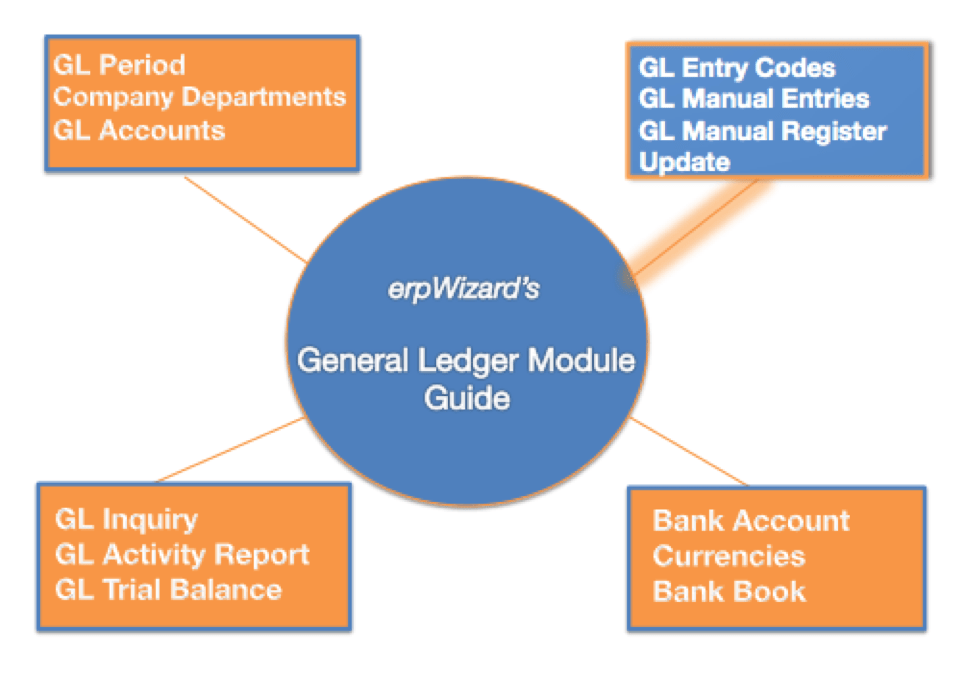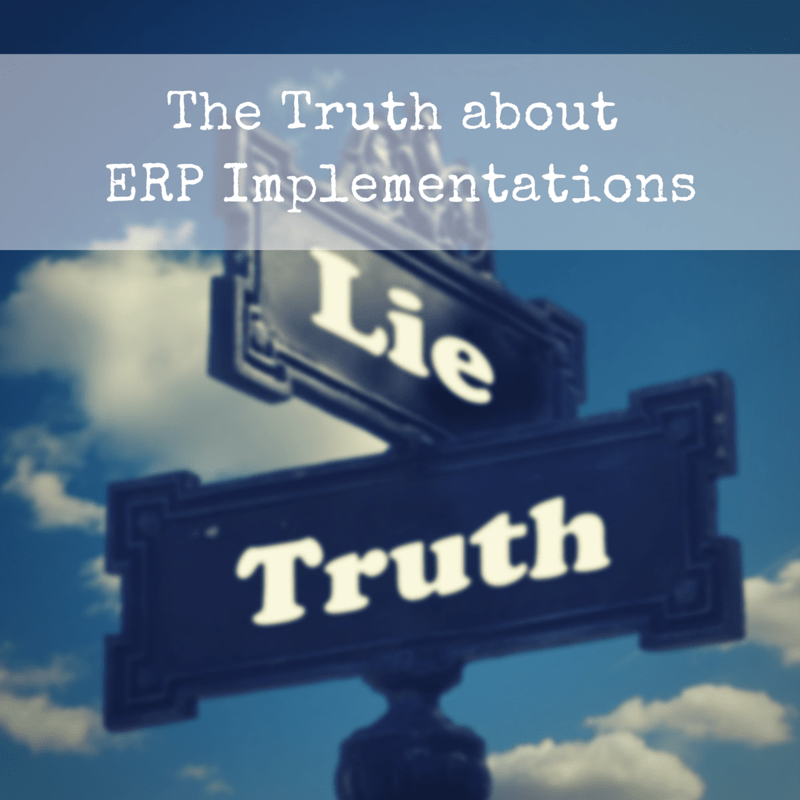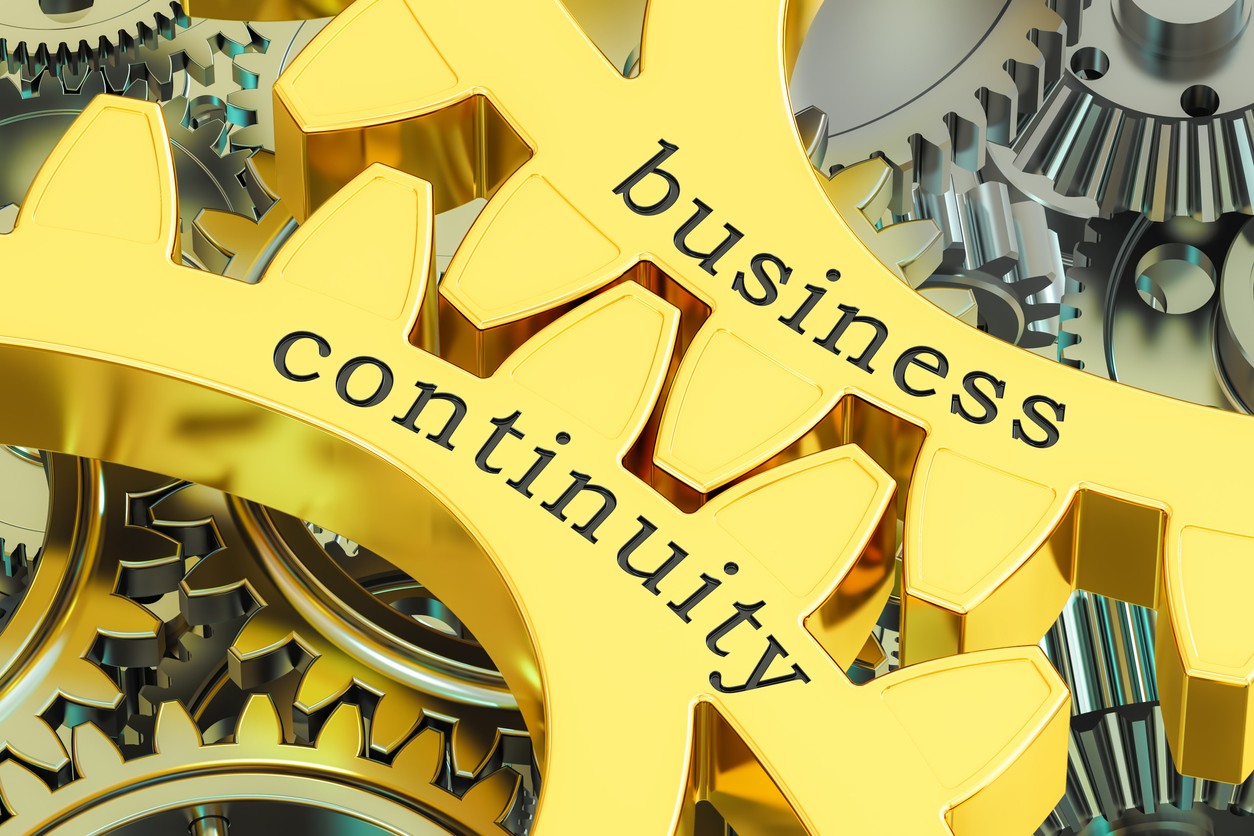Top 4 Game-Changing Business Tools
Last Updated on August 10, 2023 by Tatyana Vandich
It’s hard to ignore all these new tools and apps on the market used for personal or business use. Take a look at Slack, a great communications platform for office use, or Hubspot, for marketing automation and CRM, or even Hootsuite, for social media automation. All of these tools have grown exponentially over the last few years in the business world. There are many more game-changing business trends ahead and today’s list is built on ‘integration’, ‘automation’, ‘visualization’, ‘SaaS’, and ‘disaster recovery’. These trends are nothing new; they are simply making their way to the smaller players. Large enterprises have had their fun with their tools and apps over the years; it’s time the smaller businesses have some fun as well. I’ll focus on the top 4 game-changing tools that will be used by small and medium businesses in the coming year and how these tools will change processes and performance for the better. Here we go;
-
Business Intelligence
Think about how much data your business has and continues to gather. What do you do with it all? How can you possibly analyze it all with just an Excel spreadsheet? Nowadays, businesses of all sizes have more data than ever before. They gather information from all different areas; online, manual entries, EDI, warehouses. Most of this information, if analyzed correctly, can be used to make crucial decisions for the company’s growth and future. By 2016, if your managers are not truly analyzing this data to get company insights, stats and reports you will likely fall behind. Nowadays, new trends and customer behaviours can change in an instant; you want to know about them BEFORE your competitors. Detecting this kind of strategic information can only be done with the right Business Intelligence tools. We are huge fans of Tableau Software, since they have easy-to-use dashboards – any manager or employee can use this tool. This software allows business people to create visualizations (images, diagrams, animations to tell a story), reports and dashboards to understand the abundance of data visually. You can now track performance and identify hidden trends to make better and faster decisions.
-
eCommerce
This is definitely not something that is new to hear, but there are still way too many small to mid-size businesses that are not online yet. Retailers definitely need to start selling online through an eCommerce Store to increase sales and reach. Just last year we saw large businesses, like Parasuco jeans, shut down their brick and mortar stores to focus on solely selling via their eStore. These online stores are beneficial since they are open 24/7, have lower operating and real estate costs, eliminate geographic boundaries and provide comparison shopping for customers. Not only are they great for a company’s bottom line but they also allow customers to be heard and for retailers to fully understand customer needs and wants. Interacting with customers online has great advantages, both for the company and for the consumers. I for one tend to shop more online than at physical stores, especially during our Canadian cold winter months. Don’t wait another year to get selling online!
-
ERP
This management solution has had a bad rap over the last decade due to its high prices, difficult and long implementation phases and unreliable support teams. However, Small and Medium Enterprises shouldn’t be looking into the large ERP Providers, like SAP or Microsoft Dynamics, where investments are high and support wait times can be quite long. Due to the emergence of the cloud and SaaS offerings (Software as a Service), small business owners are starting to take advantage of ERP software solutions that are more affordable and support teams can easily be reached by phone or email. Business owners are however still hesitant to change their business processes and disrupt the daily habits of their employees with this powerful tool. This is normal – big changes come with big fears and hesitations. However, by 2016, we’ll be seeing a lot more small and mid-size businesses get on board with ERP implementations and realize that the system’s short and long-term benefits far outweigh the fear factor involved in an implementation (to learn how to have a successful, headache-free implementation, click here). Being able to view, manage and track core business processes and resources in a single database, all in real-time, is truly a game changer. There is no denying a tool like this will improve efficiency and streamline processes. New challenges and requirements and sudden growth won’t be a problem for companies with a flexible and scalable ERP solution, like ErpWizard.
-
Business Continuity
A Business Continuity tool is truly a must-have in 2016. With all your company data coming in on a daily basis, how do you keep it all safe from accidental deletions, hardware crashes, computer viruses, floods, power outages, human errors and more? By 2016, you’ll start seeing a lot more companies, large and small, writing up Disaster Recovery plans and implementing a Business Continuity solution. Businesses will be throwing away their backup tapes and drives since these have become unreliable in this day and age. The business world is fast-paced and if a disaster strikes, companies cannot take days or weeks to recover all of their data and get back up and running. Business should always remain operational; no matter if your office got flooded or if an employee opened a bad email with a virus. A hybrid Business Continuity and Recovery solution is capable of storing company data on premises and in the cloud, without any human intervention required during backup. Virtual machine snapshots of the office servers and workstations are scheduled at intermittent times throughout the day. These snapshots are stored on the Business Continuity device then pushed to the cloud. If a disaster does strike, restoration takes a matter of seconds or minutes and the data can be accessed from anywhere. It’s always better to be safe than sorry. Check out Quick Backup Recovery (QBR).
Integration, automation, analytics and process efficiency are what businesses are valuing going into 2016. We now have the technology and deployment options to bring these tools to Small and Medium businesses. Every company has a need to stay competitive in today’s fast-paced, aggressive business world and the 4 tools mentioned above – Business Intelligence, eCommerce, ERP, Business Continuity – will bring efficiencies and growth opportunities to small businesses like never before.











